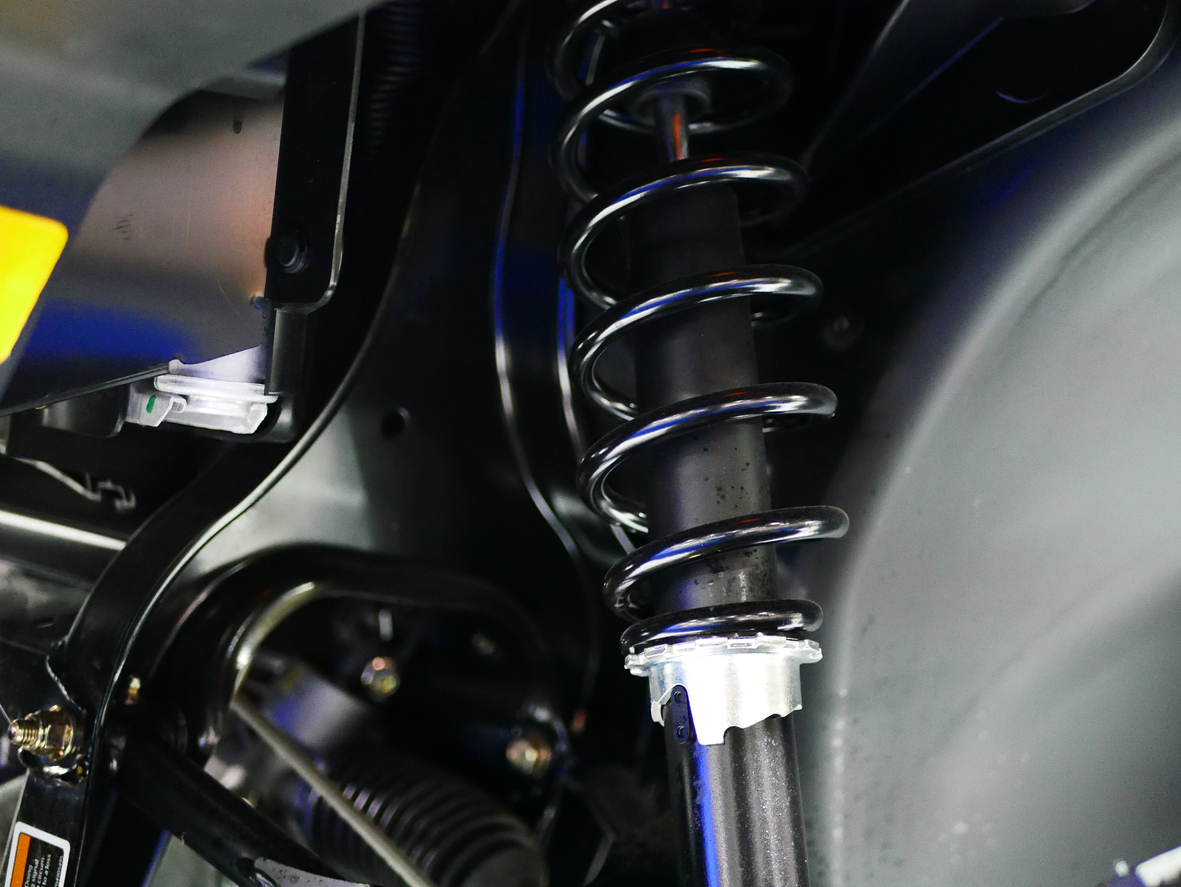You can often diagnose a problem with your suspension yourself, without the assistance from a professional mechanic or car garage. You can tell if there are any issues simply by the way the car feels when you drive it.
If you’ve done the checks below and find you’re having problems with your suspension, get a quote for the repair to your car from MyCarNeedsA.com.
GET QUOTES
How to Inspect your Suspension System
- Listen to your car. Pay attention to the way your car drives. If your ride begins to feel rougher, this could be a sign that your suspension is worn out as the suspension is no longer absorbing the bumps in the road the way it is meant to. Sometimes this rougher ride will be accompanied by audible squeaks or noises as the suspension struggles to manage the bumps in the road.
- Take note if the vehicle pulls or squeaks during turns. It may begin to feel as though your car is working against you and this is often the result of a failing suspension component. Different parts of your suspension can affect different areas of your car such as steering response, centre balance of the vehicle and angle of tyres. Take note of how the vehicle reacts as you turn and compare it to your previous experiences in the vehicle to assess if there’s an issue.
- Inspect the tread on your tyres. Your tyres should wear evenly across the width of the tread. If you notice the tread on the inside or outside of the tyre is wearing faster, it could highlight an issue with the camber or your wheels and tyres. Camber is determined by suspension components and wheel alignment.
- Do a braking test. When it’s safe to do so, try braking abruptly to see if the nose of your car dives as you stop. If you’re having issues with your front struts or shocks, your suspension may struggle to keep your car level under hard braking conditions. Your suspension should be able to the support of your vehicle and keep it level as your stop.
- Check to see if your vehicle sits level. When the car is parked, walk around it and assess how level it seems to be sitting. If one side of the car rests higher than the other, the suspension will likely be to blame.
- Pay attention to swaying and bouncing at slow speeds. Your car is built to withstand bumps on the road at slow speeds. If you go over a bump and find your car sways back and forth or bounces after passing the bump, it shows your suspension is struggling to support its own weight.
Are you in need of repairs to your suspension? Get quotes from local garages and mechanics in your area today with MyCarNeedsA.com. All you need to do is give us your reg number and a few details about your car, then we’ll do the rest.
GET QUOTES
